Thay Pagoda, also known as Ca pagoda or Thien Phuc Tu, is located at the foot of Thay mountain in the territory of Sai Son commune, Quoc Oai district, Hanoi city; It is one of the oldest pagodas in Hanoi
Thay Pagoda, also known as Ca pagoda or Thien Phuc Tu, is located at the foot of Thay mountain in the territory of Sai Son commune, Quoc Oai district, Hanoi city; It is one of the oldest pagodas in Hanoi
Thay Pagoda was built during the reign of King Ly Nhan Tong (1066-1128), and is associated with the life anecdote of Zen Master Tu Dao Hanh - who had great merit in teaching, curing people and founding the discipline. water Puppet.
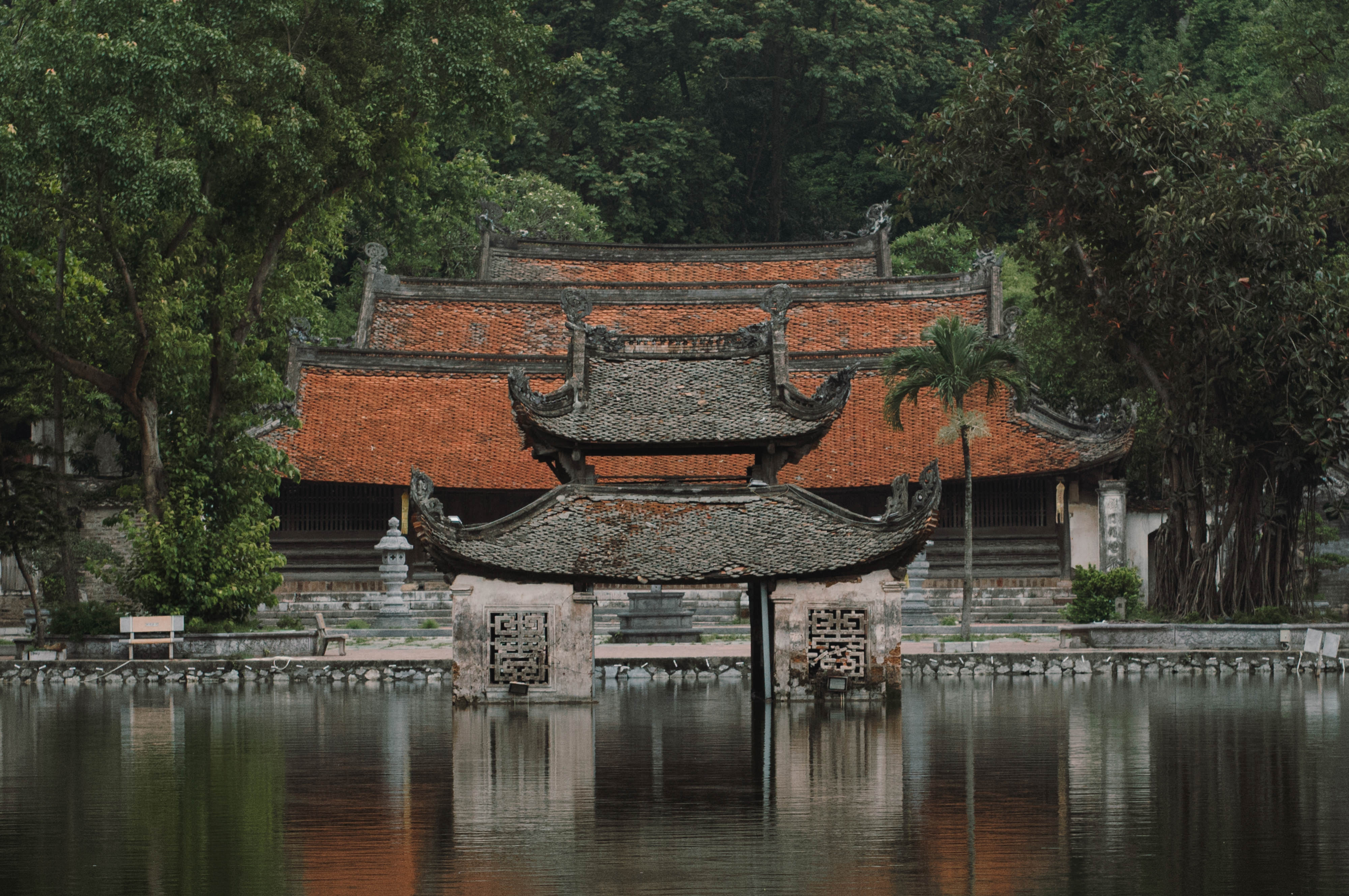
 Chùa Thầy nằm tựa vào núi, trên khu đất hình hàm rồng. Phía trước là sân rộng nhìn ra hồ Long Trì. Ở giữa hồ có thủy đình cổ kính, được ví như viên ngọc rực rỡ trong miệng rồng thiêng. Nơi đây thường trở thành sân khấu của các nghệ sĩ múa rối nước vào các ngày lễ hội.
Chùa Thầy nằm tựa vào núi, trên khu đất hình hàm rồng. Phía trước là sân rộng nhìn ra hồ Long Trì. Ở giữa hồ có thủy đình cổ kính, được ví như viên ngọc rực rỡ trong miệng rồng thiêng. Nơi đây thường trở thành sân khấu của các nghệ sĩ múa rối nước vào các ngày lễ hội.
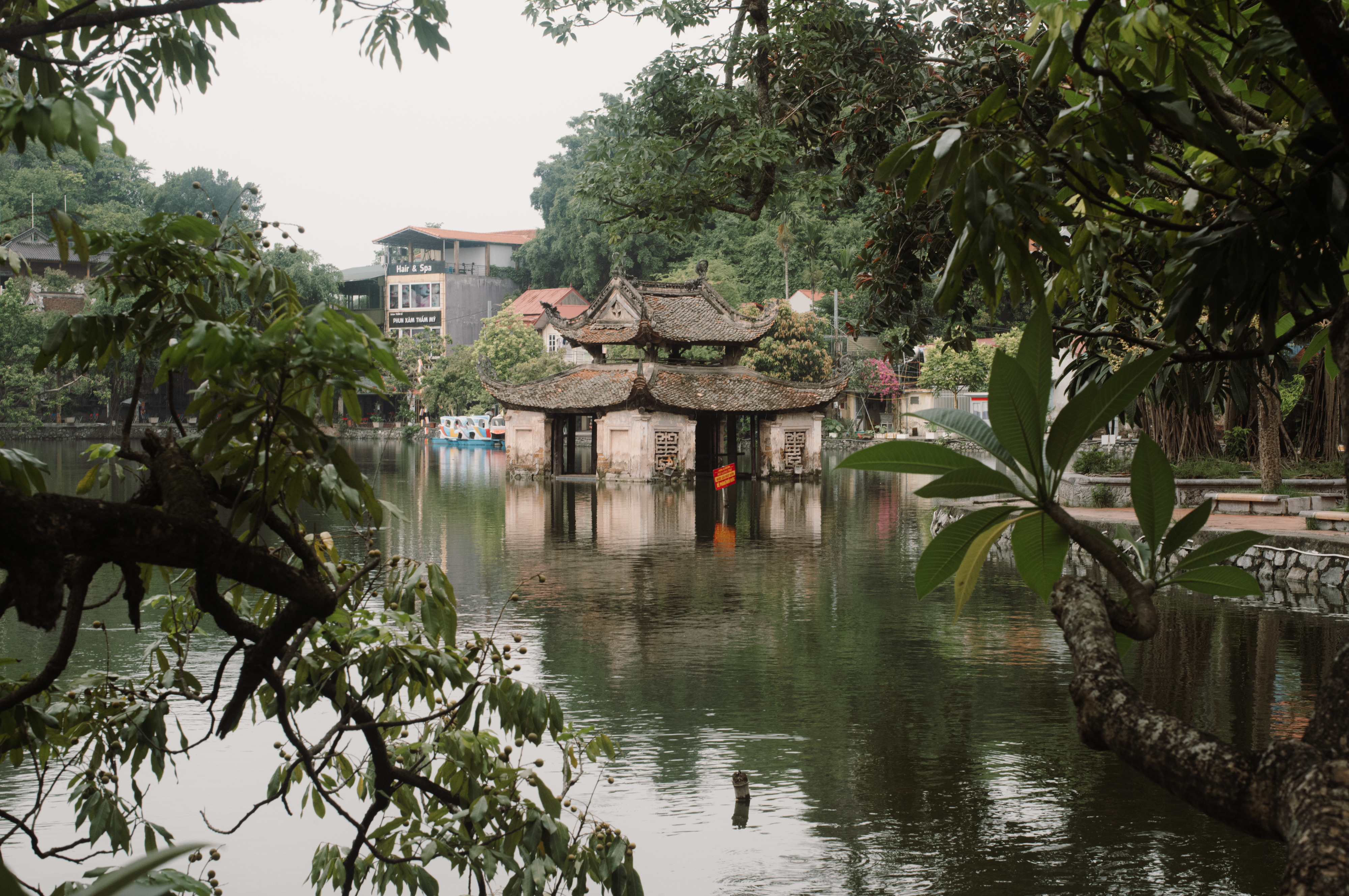
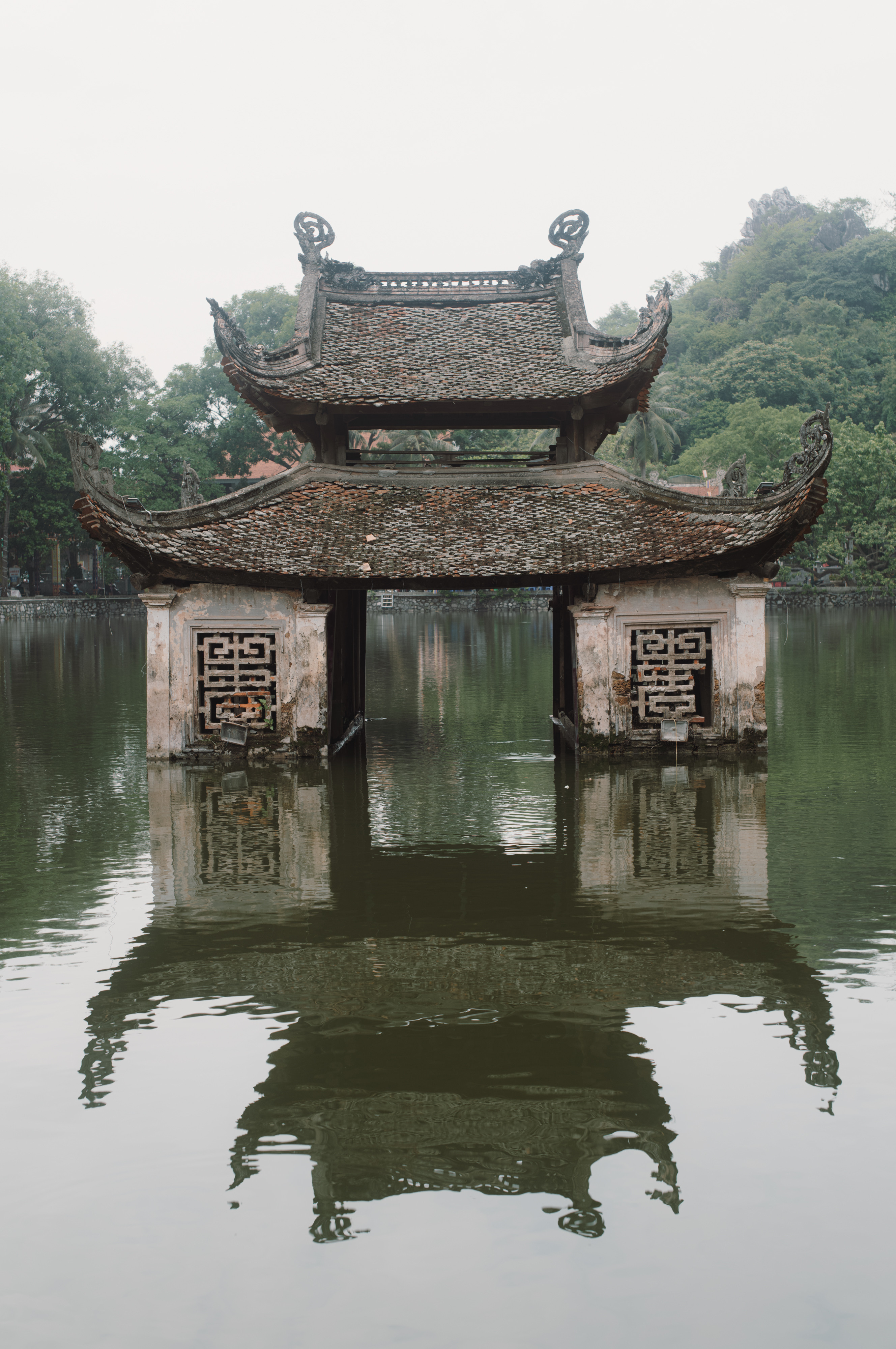
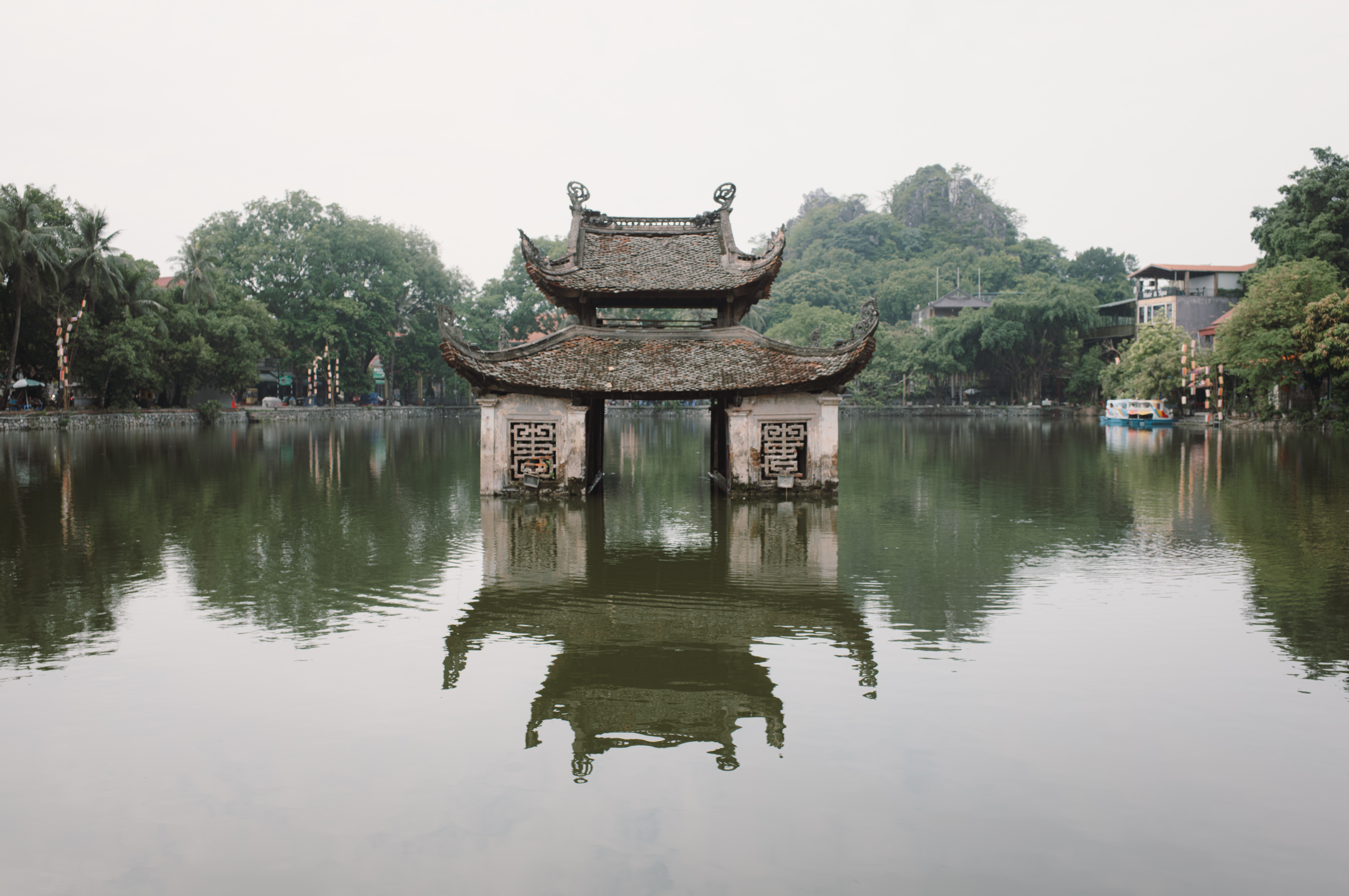
From the large yard, there are two bridges Nhat Tien Kieu and Nguyet Tien Kieu connecting to the two sides to form two dragon beards.
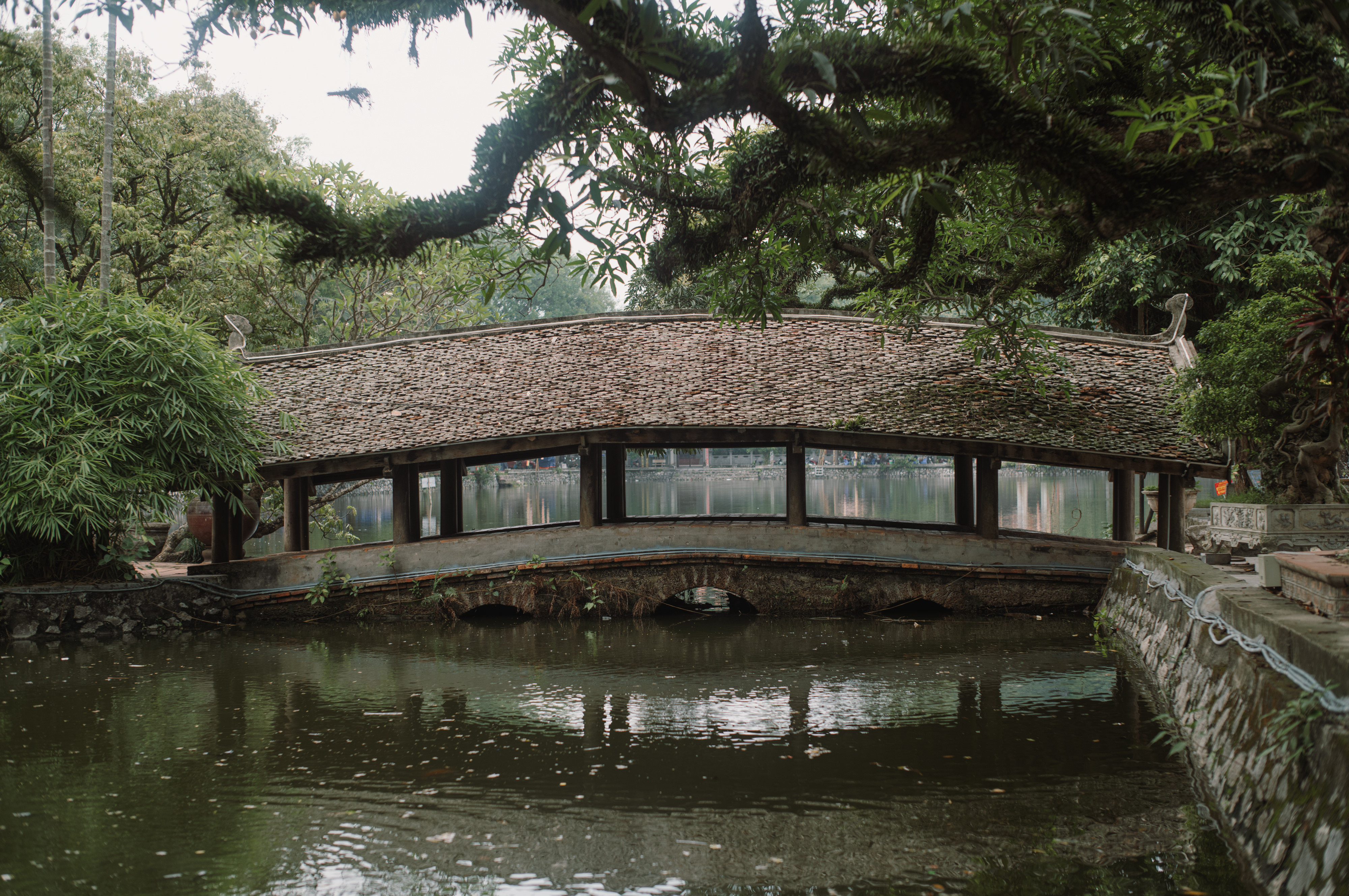
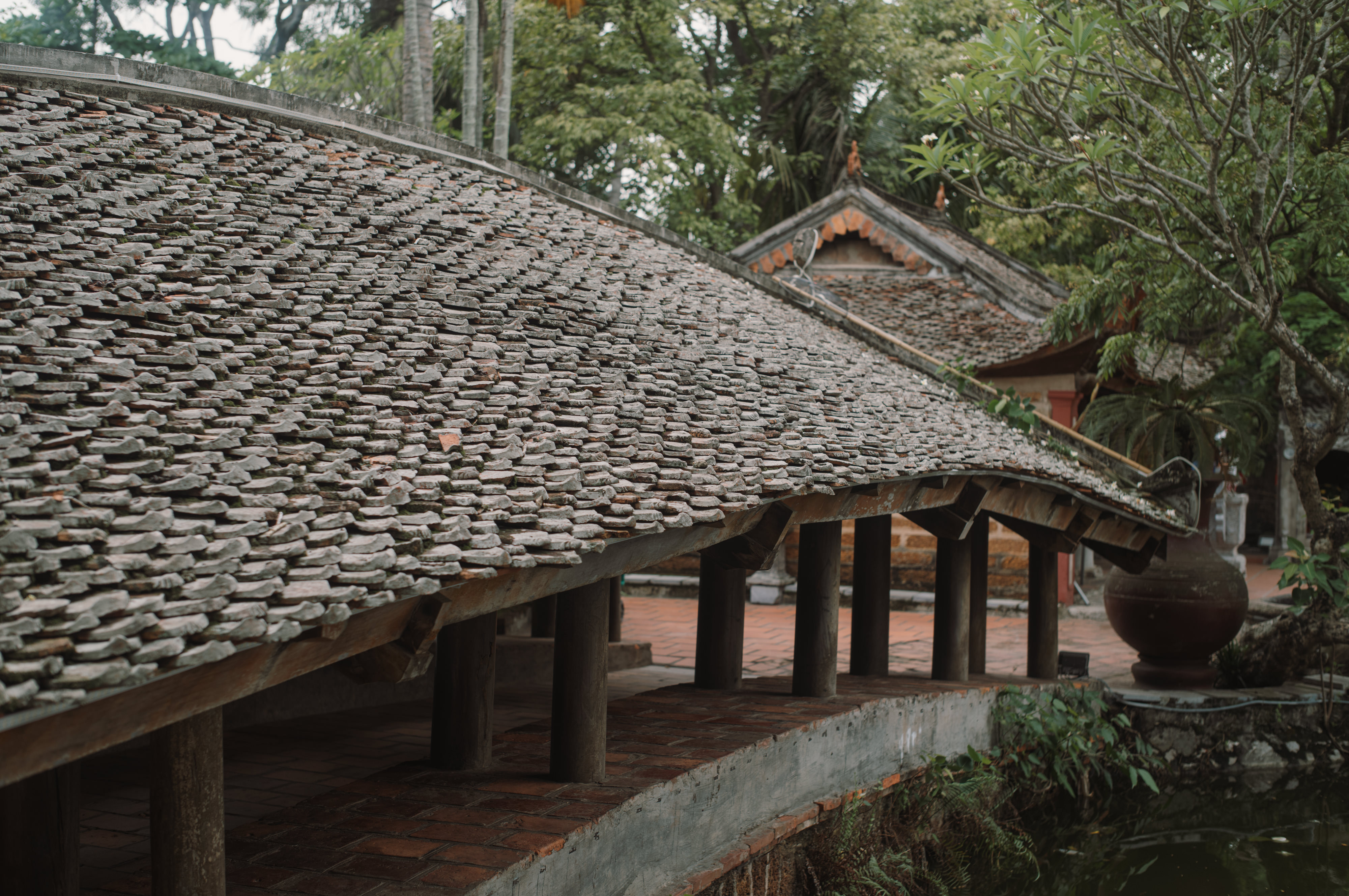
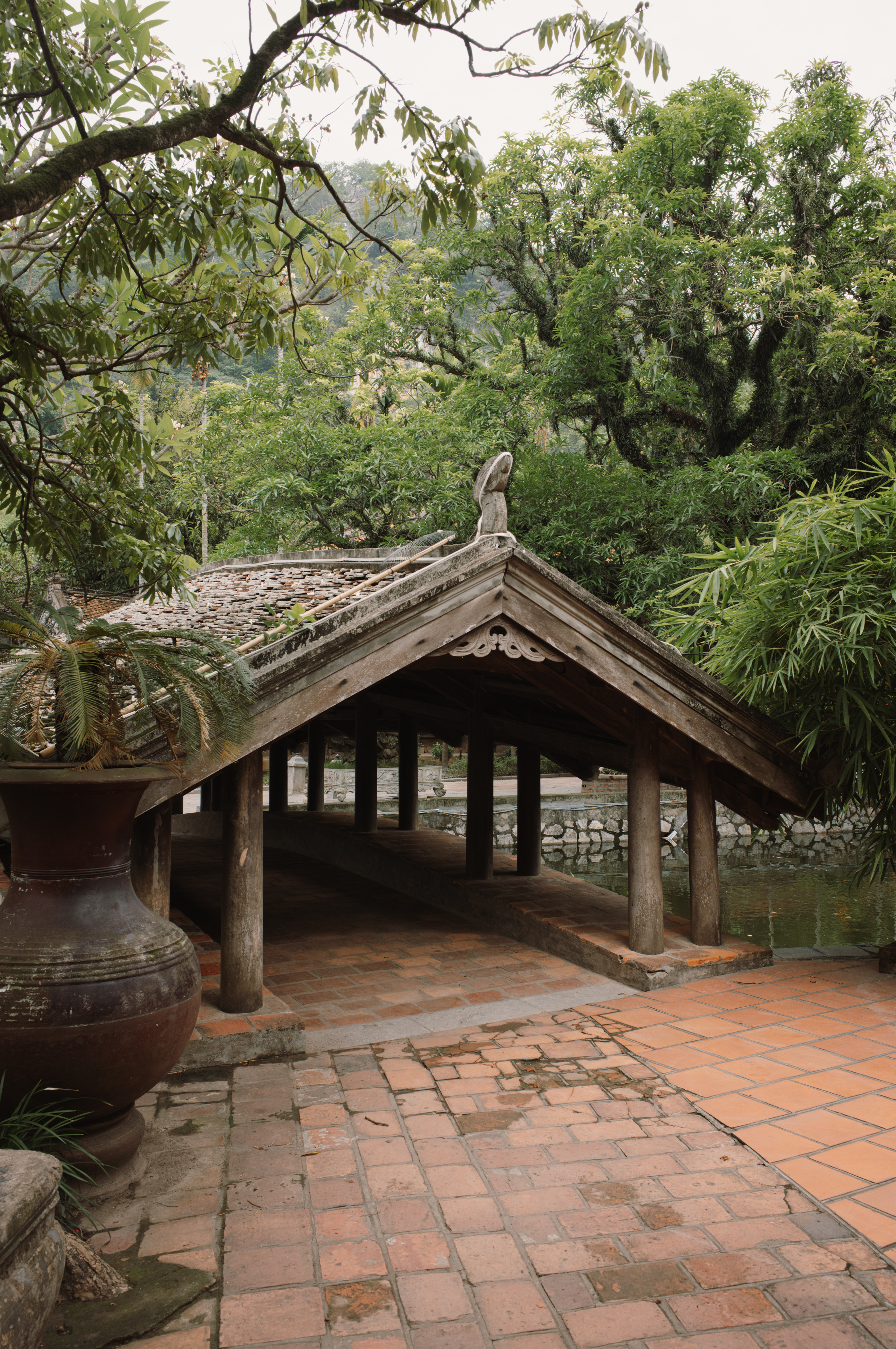
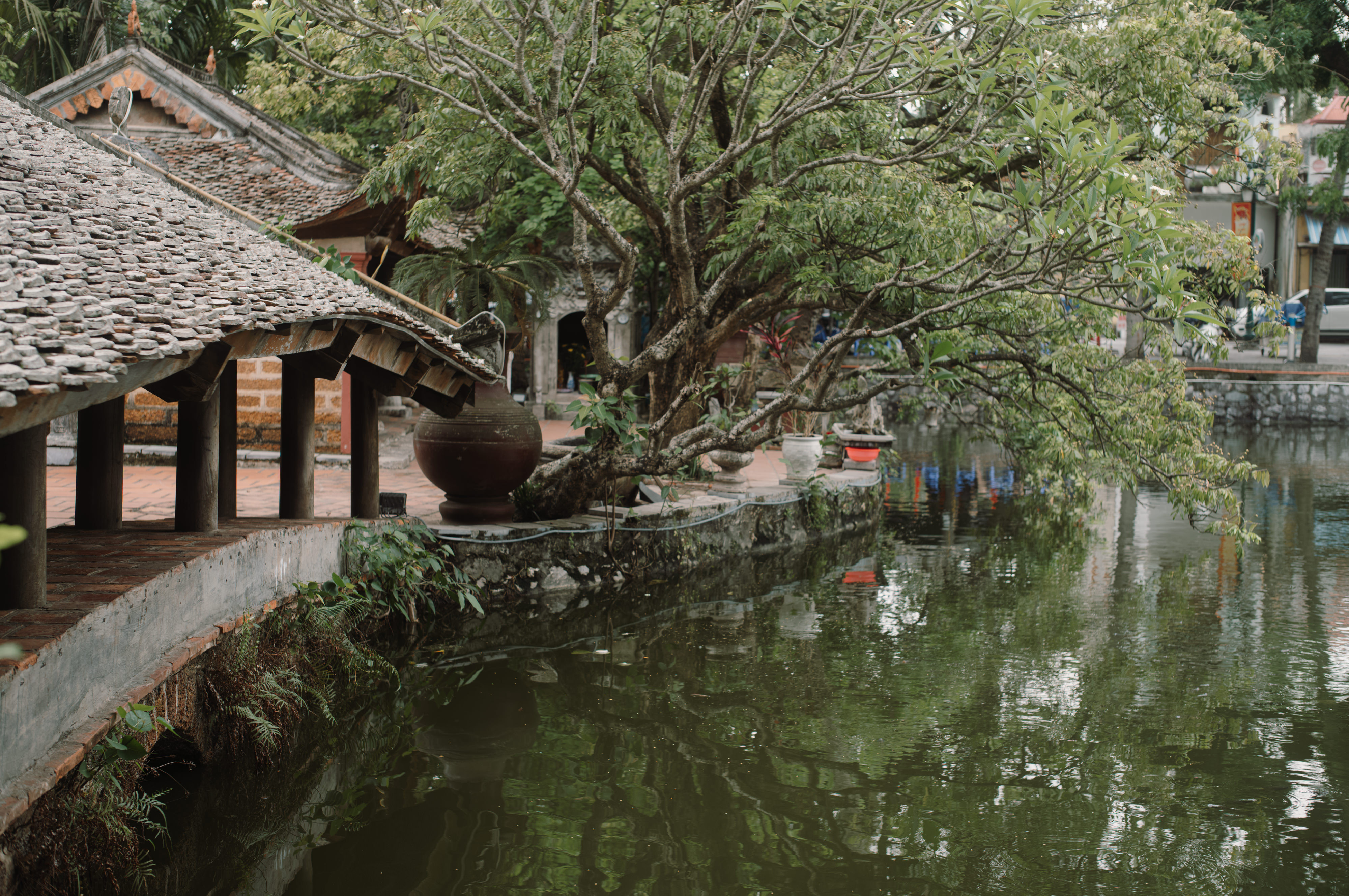
The main part of the pagoda consists of three buildings located parallel to each other: the Lower Pagoda, the Middle Pagoda, and the Upper Pagoda. The outer court is the ancestral hall or the Lower Temple, the middle court is the Middle Palace or the Trung Pagoda, the innermost court is the Upper Palace.
Ha Pagoda is a place of worship for Buddhist monks and nuns, as well as a place for monks to preach. Trung Pagoda is the place to worship the Tam Bao, displaying the Buddha altar, on both sides there are 2 statues of the Dharma protector and the statue of Thien Vuong. Thuong Pagoda is located at the highest position, separate from the Lower Pagoda and the Middle Pagoda, where the statue of Di Da the three venerable ones, the statue of Thich Ca, the statue of the three kalpas (the Sangha, the Buddha and the Emperor) of Zen master Tu Dao Hanh.

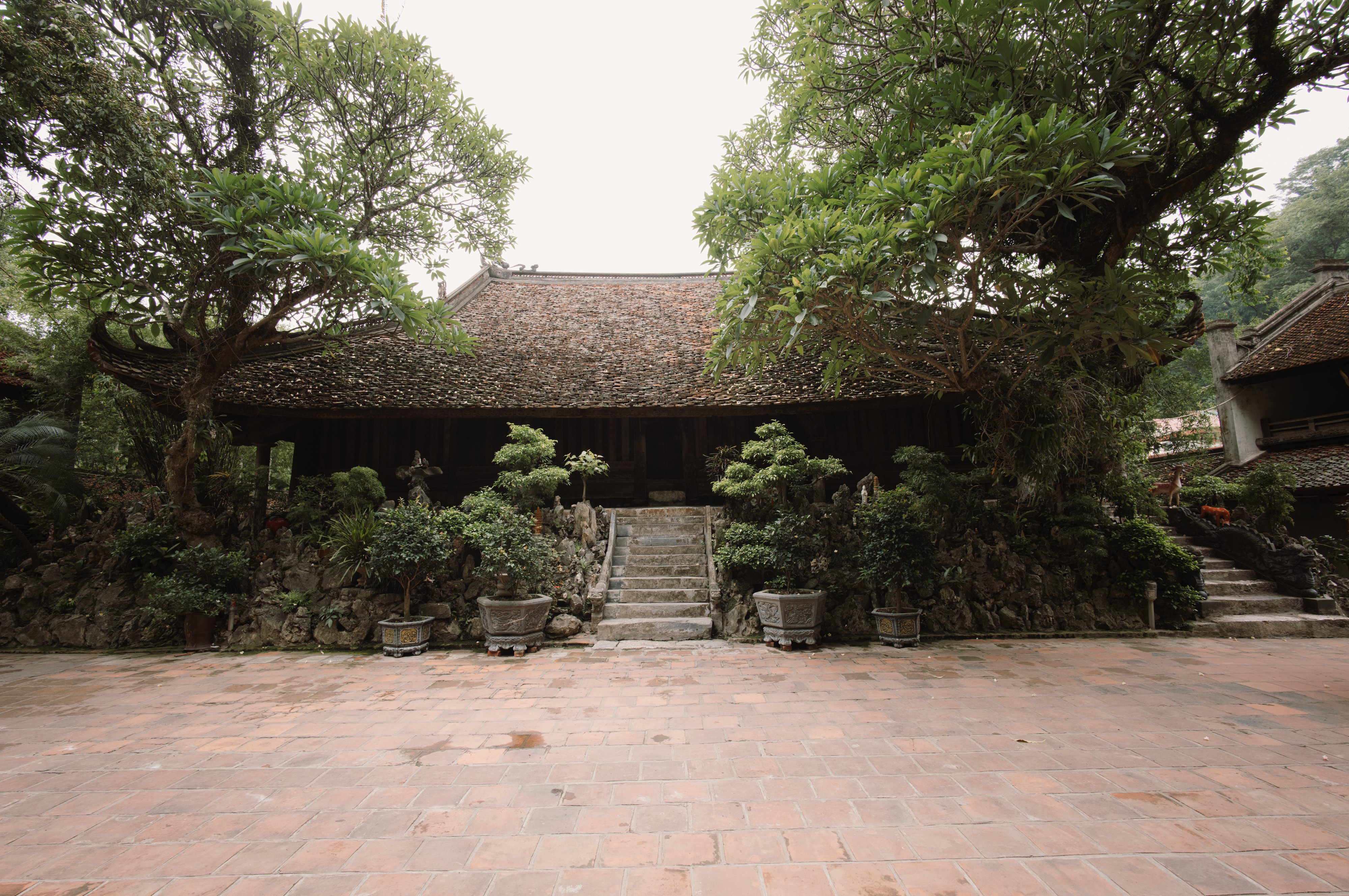
Thay Pagoda owns a unique artistic architecture, typical of the 17th century. Every detail is delicately carved on the roof, columns, doors... all show the spirit and culture of the Ly dynasty nearly a thousand years ago.
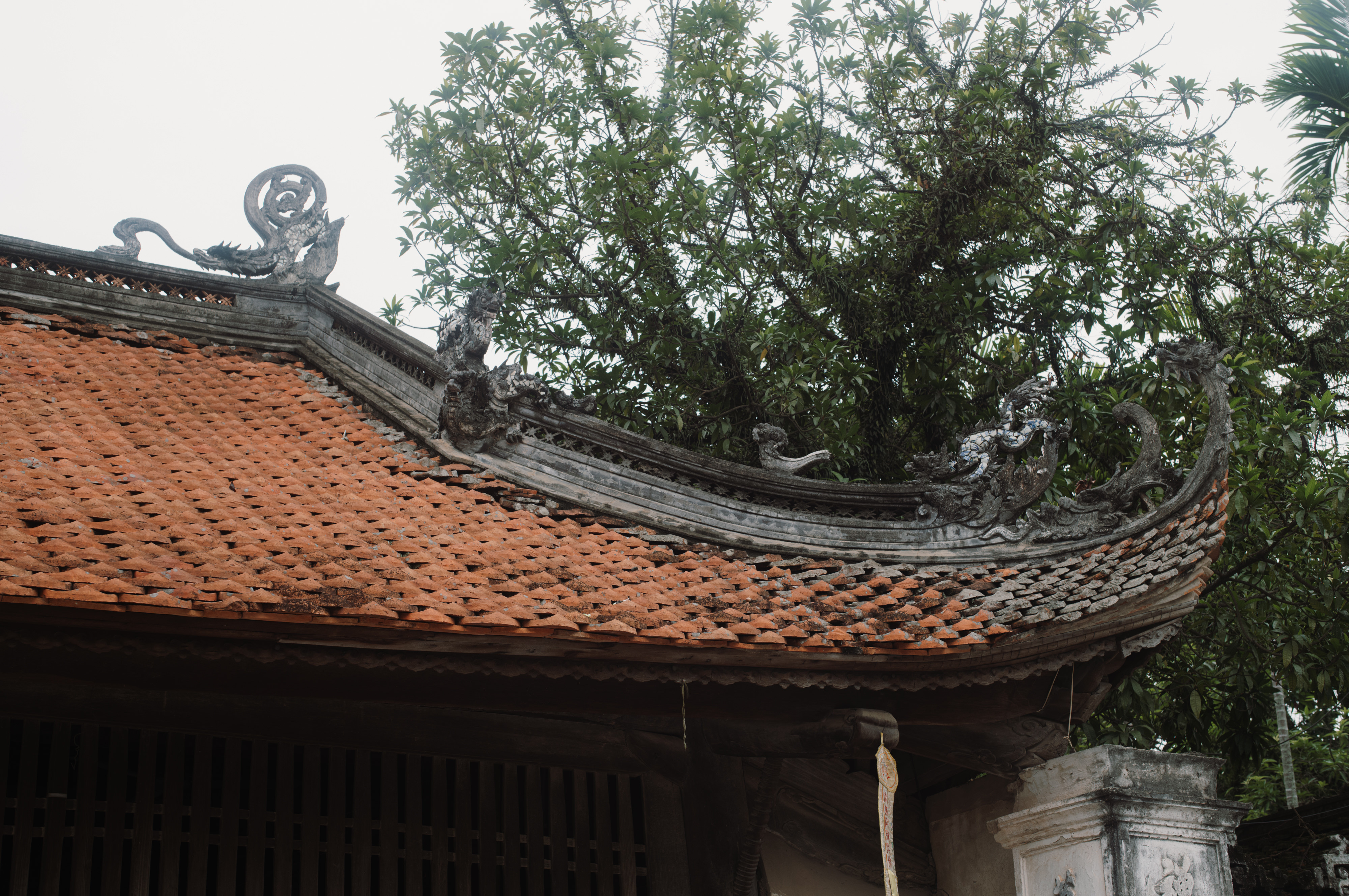
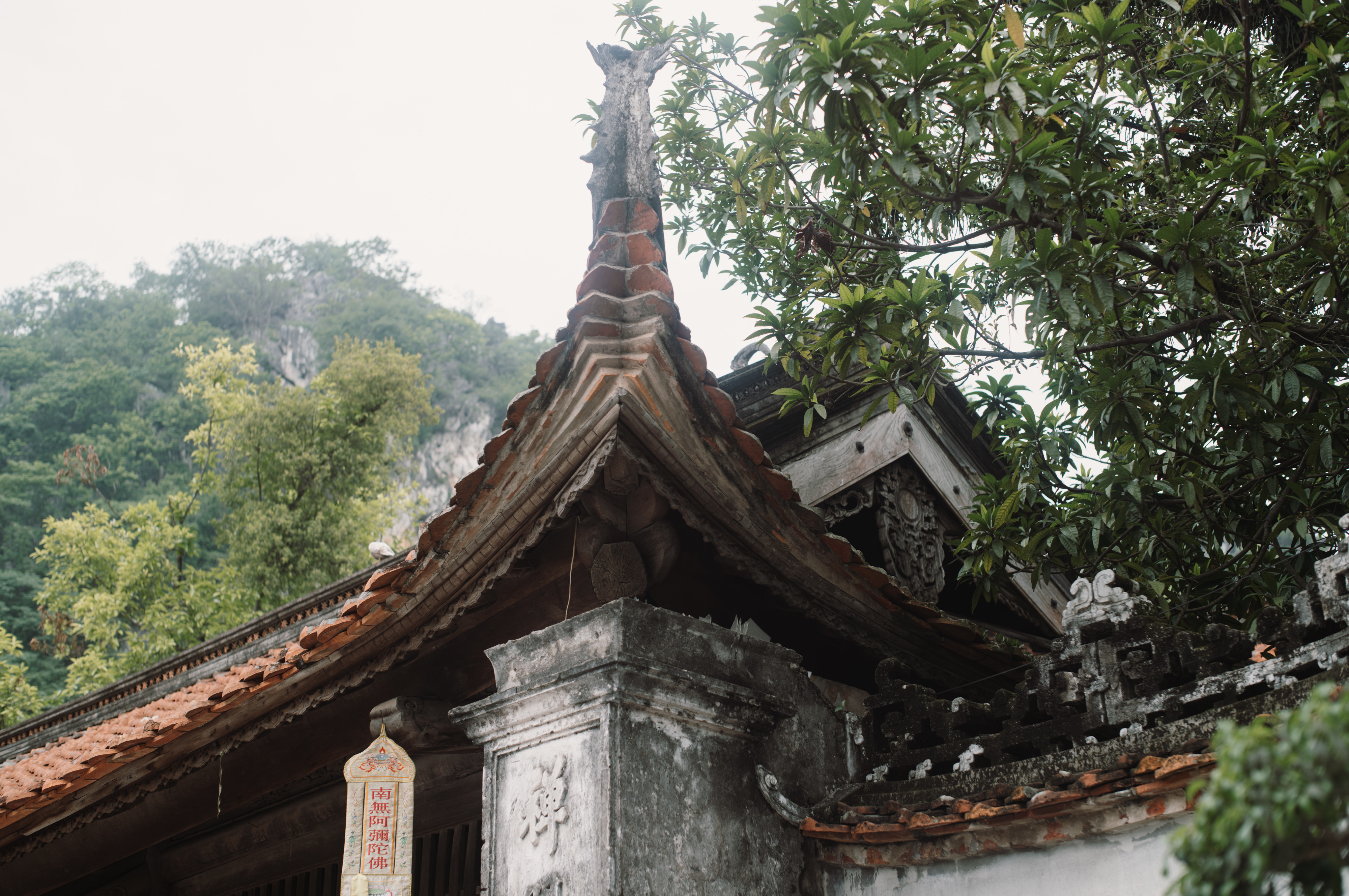
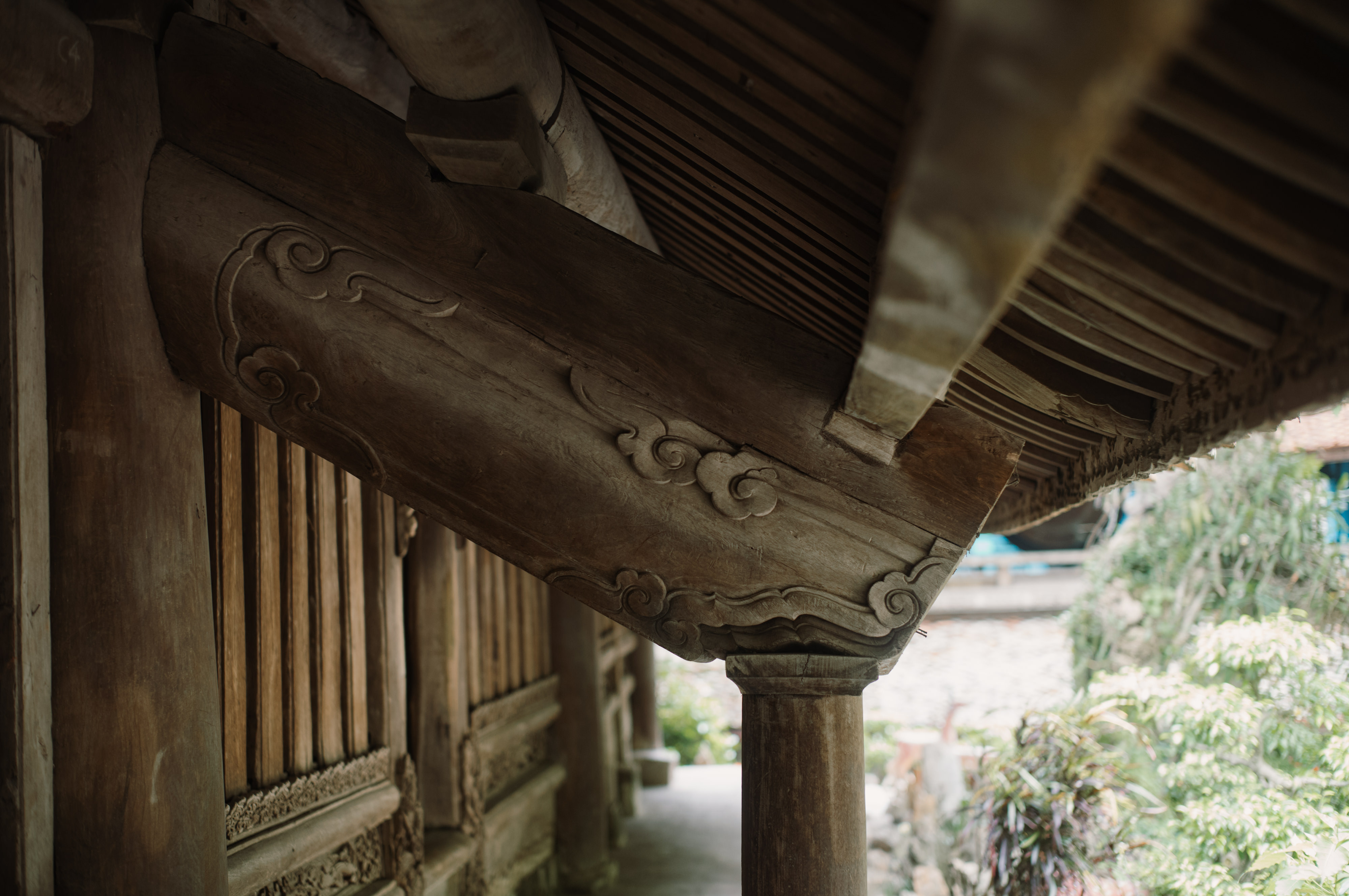
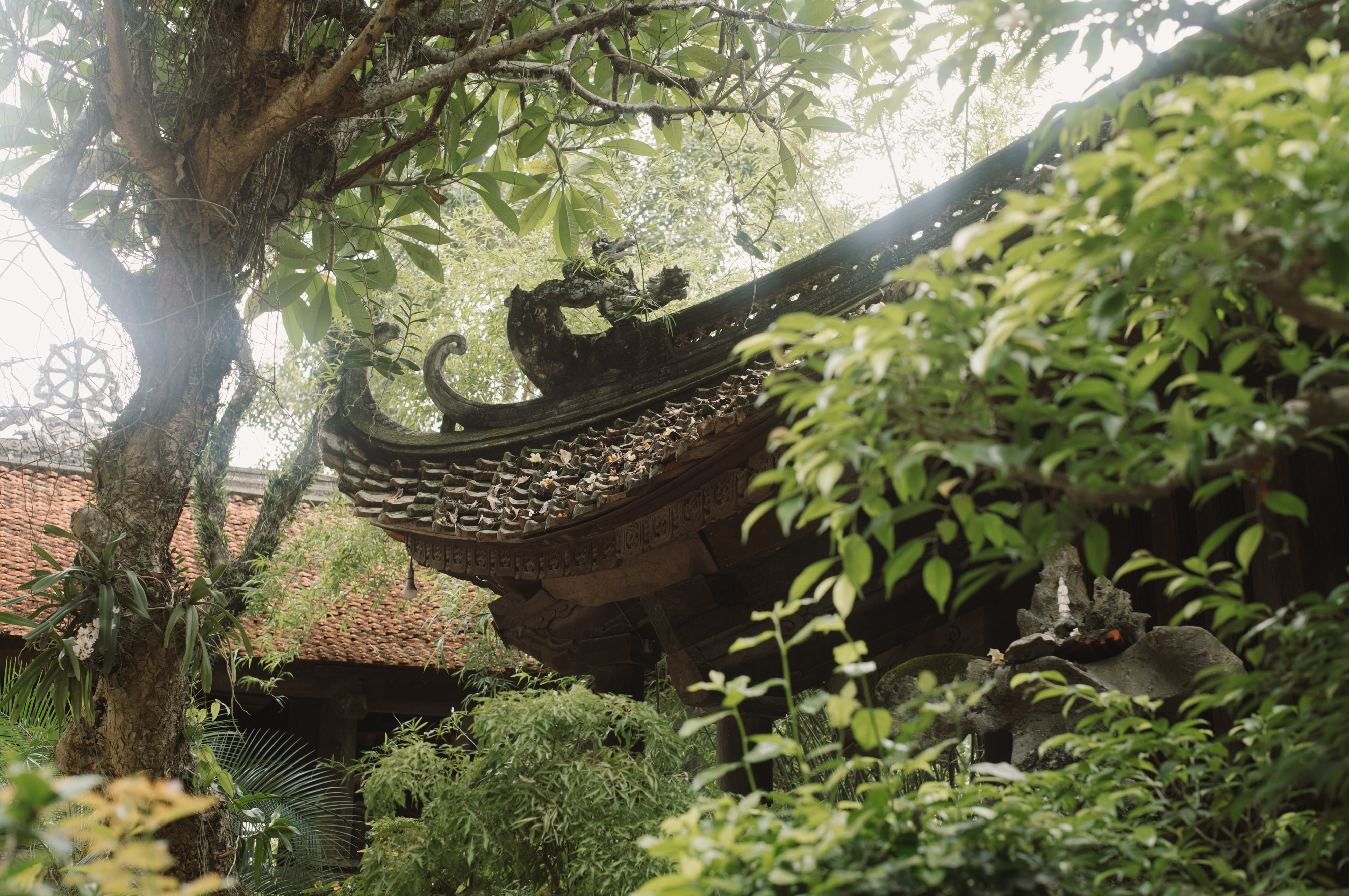
With historical and cultural values, Thay Pagoda is officially recognized by the State as a special national relic.
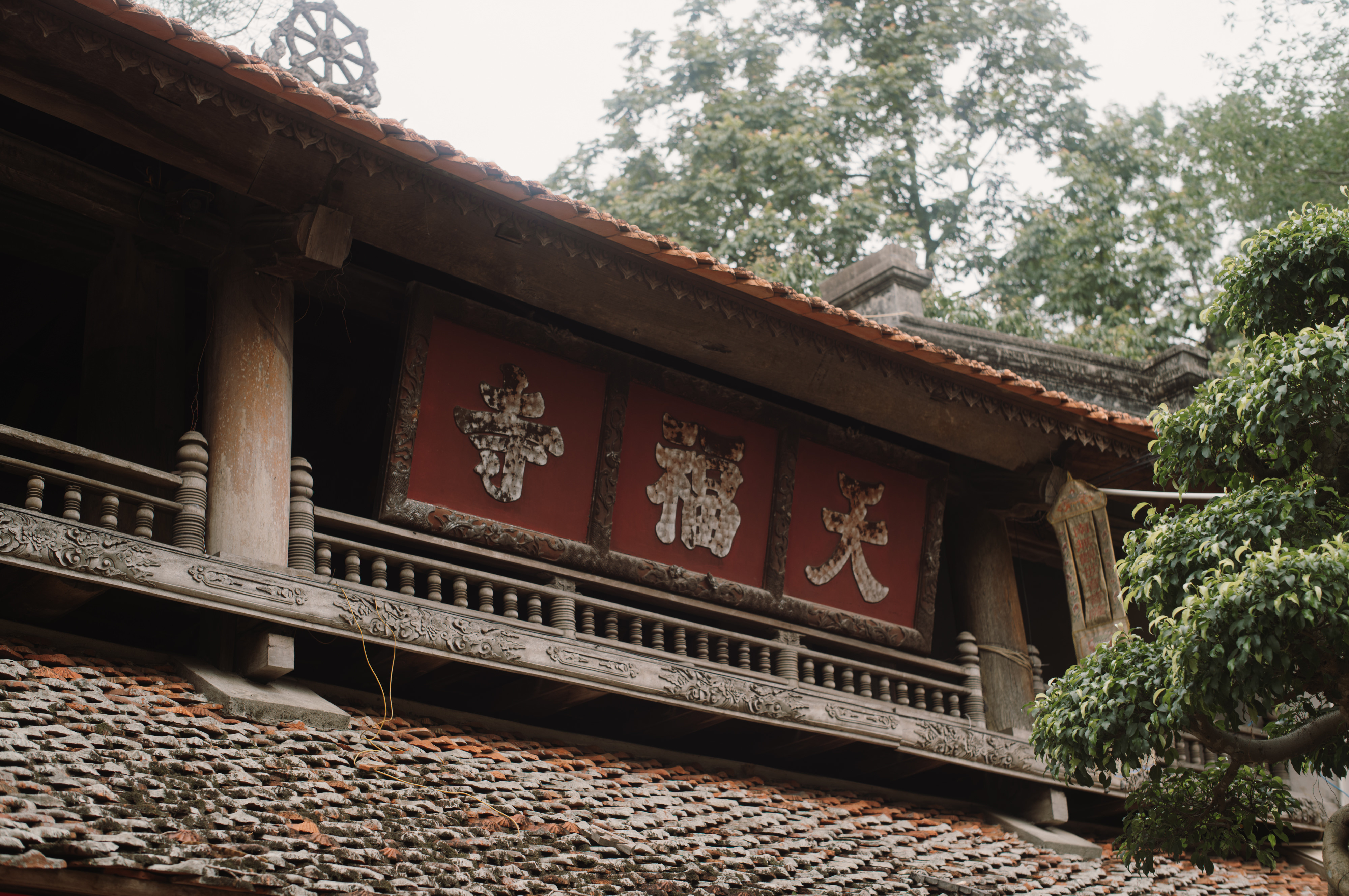
The traditional festival of Thay Pagoda is held from the 5th to the 8th of March (lunar calendar), the main festival is on March 7 every year. The Thay Pagoda festival consists of two parts, the ritual part and the folk performances. At present, the pagoda still preserves the main rituals such as: the ritual of carpentry, the ceremony of worshiping the tablet - the ceremony of worshiping the seat, the sacrifice ceremony and the procession ...
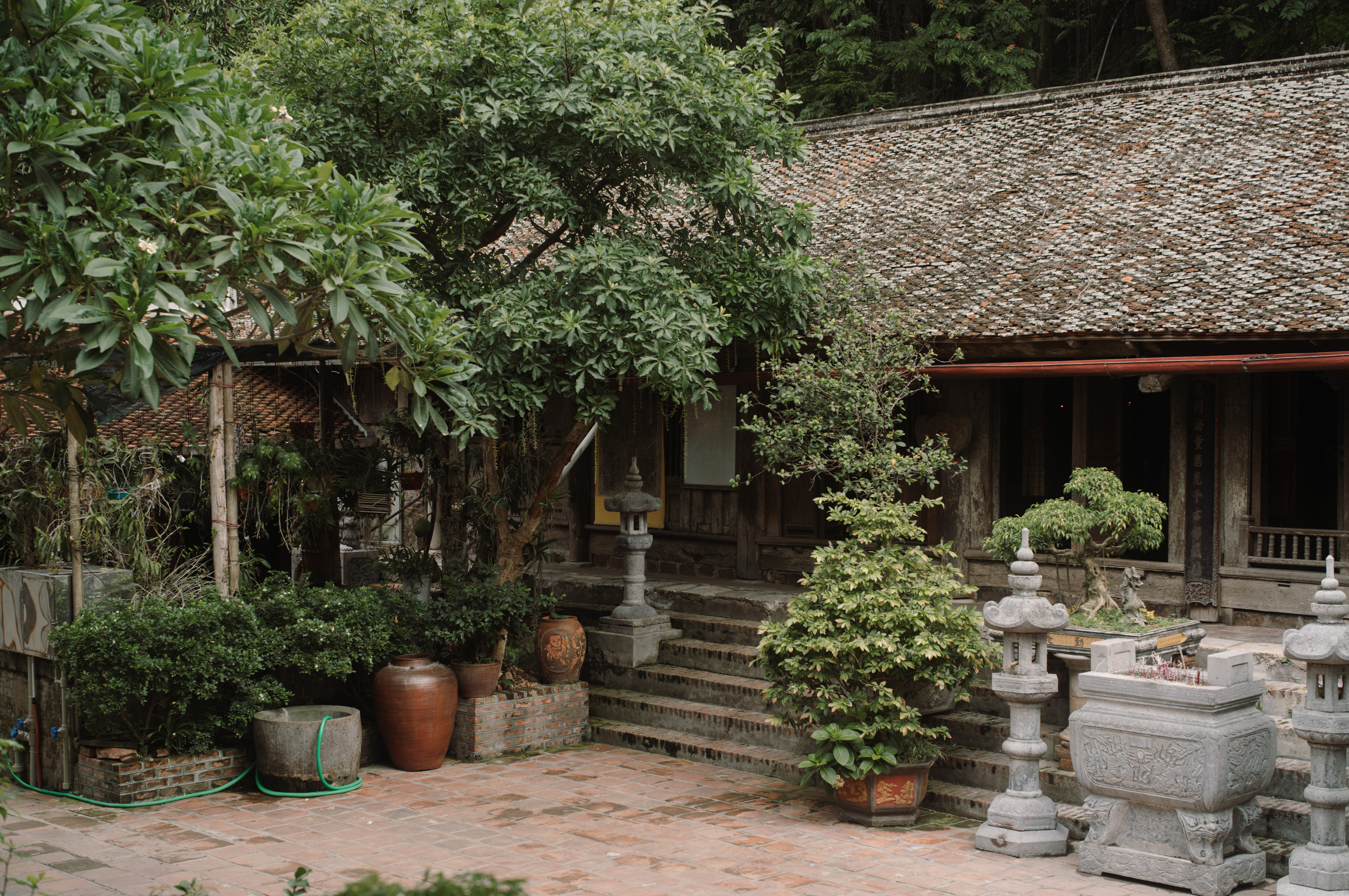
Hanoi
1470 view
Update day
: 26/07/2023
Thùy Chi; Ảnh: Trần Việt Đức

 vn
vn en
en ja
ja ko
ko zh
zh























































